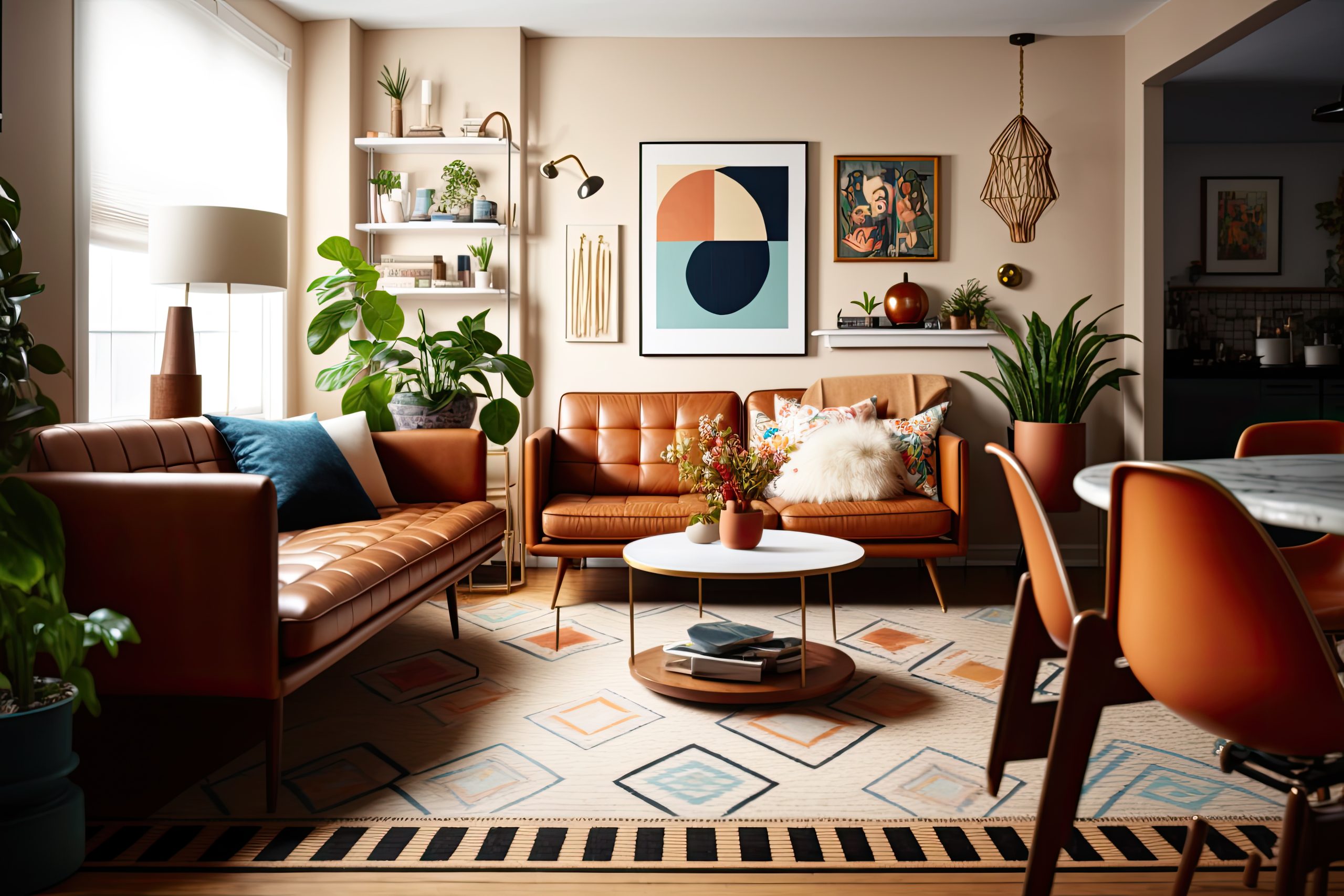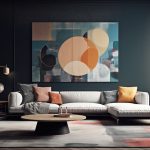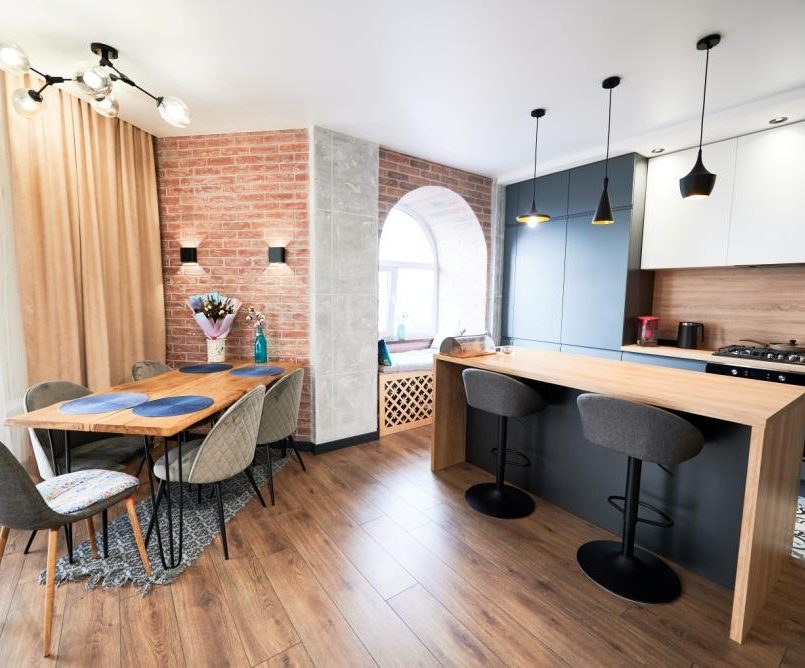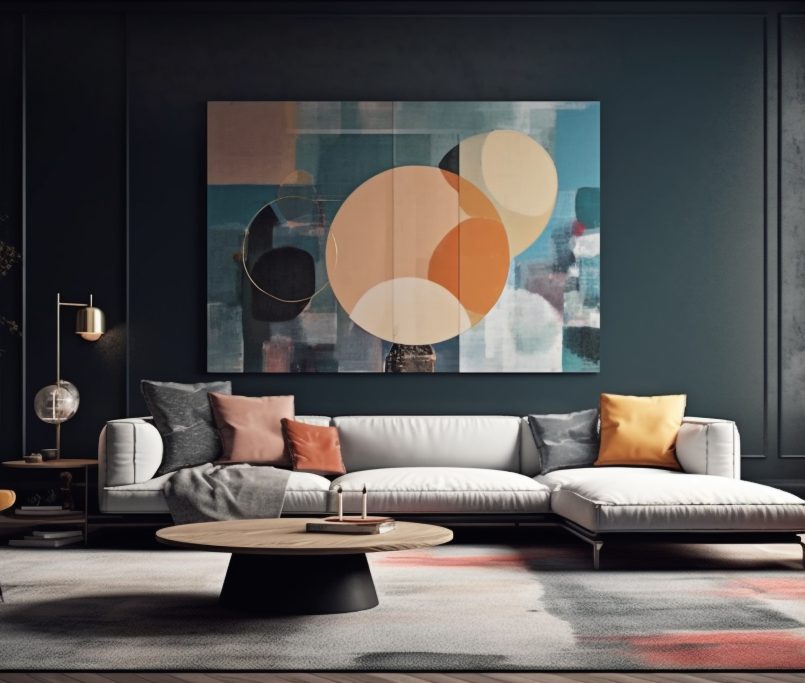Unlocking the Secrets of Functional Interior Design: Creating Spaces That Work
In the world of interior design, aesthetics often take center stage. However, a well-designed space should not only look good but also function effectively. This perfect blend of form and function can transform your home into a haven of comfort and efficiency. In this blog, we’ll explore the key principles of functional interior design and how to achieve it.
1. Optimize Space Usage:
One of the primary goals of functional interior design is to make the most of the available space. When you have limited square footage, every inch counts. Use furniture that can serve multiple purposes, such as a sofa that doubles as a guest bed, or a coffee table with hidden storage. This optimization not only enhances the functionality of the space but also reduces clutter.
2. Choose Practical Materials:
When selecting materials for your interior, think about their practicality. For high-traffic areas, like the kitchen or entryway, choose durable and easy-to-clean materials. Wood, stone, and laminate flooring are excellent choices for longevity and low maintenance.
3. Declutter and Organize:
A cluttered space is never functional. Use smart storage solutions to keep everything organized and out of sight. Cabinets, shelving, and even hidden compartments in furniture can help maintain a clean and uncluttered look.
4. Maximize Natural Light:
Good lighting can make a huge difference in how a space feels and functions. Maximize natural light by using large windows and strategically placing mirrors to reflect it. Artificial lighting should be adjustable to cater to different tasks and moods.
5. Choose the Right Furniture:
When selecting furniture, consider the size and layout of your space. Avoid overcrowding by choosing pieces that are appropriately sized. Additionally, invest in furniture that aligns with your lifestyle. If you work from home, a comfortable and functional desk is a must.
6. Personalize Your Space:
Functional design doesn’t mean sacrificing personal style. Incorporate your personality into the design by adding colors, patterns, and decor that resonate with you. Functional spaces can still be aesthetically pleasing.
7. Regular Maintenance:
A functional interior design requires upkeep. Regularly assess your space to ensure that it remains organized and efficient. Take the time to declutter and rearrange as needed to adapt to your evolving needs.
In conclusion, functional interior design is the key to creating spaces that work seamlessly in your daily life. By optimizing your space, selecting practical materials, and focusing on personalized functionality, you can achieve the perfect blend of aesthetics and efficiency. Remember that a well-designed space is a reflection of your lifestyle, making every day more enjoyable.
So, why not get started on creating a functional and beautiful space that you’ll love? With these tips and a keen eye for detail, you can achieve the perfect balance in your interior design.






